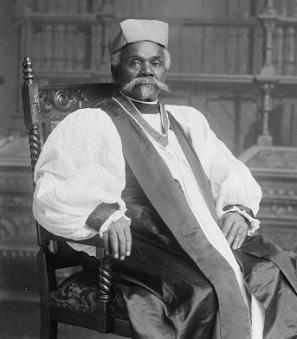Civil War Alexandria's Knights of the Golden Circle
During the Union army’s occupation of Alexandria from 1861 to 1865, young Confederate ladies would have had no one around to drop a handkerchief for other than Union soldiers. Well, that wasn't going to work, not when “the slight difference of color [between gray and blue] symbolized all the difference between heaven and hell.”[1] So what's the next resort? Obviously, forming a local branch of the secret society known as the Knights of the Golden Circle.
Founded to create and protect a southern slave-holding empire that extended, as the goal, well into Mexico, the KGC welcomed men into its ranks who were militant in character and held strong secessionist values.[2] The Union looked upon the organization’s activities as "treasonous" and potentially dangerous to the State.[3] Before you get all excited that the ladies of Alexandria (aged ten to twenty) were running blockades or planning assassinations, know that most of the group's activities involved crochet hooks.
Lest we spill any undue secrets, what follows is the oath the women took upon induction:
I solemnly avow in the sight of those presence that I am a true and loyal citizen of the Confederate States.
I swear that I will give no aid or comfort to any enemy or enemies of the Confederacy, and that to the best of my ability I will aid and support the government of the Confederate States.
I swear that I will not marry one who had borne arms for the United States against the Confederate States, nor a Union man, nor a Black Republican nor a Traitor.
So help me, God.[4]
As you can see from the oath, members of the Alexandria Knights swore off all men connected with the Union, including those ("Traitors") who took the 'oath of allegiance,' a swearing of loyalty to the Union required by occupation authorities for a citizen to have any privileges. Besides actively avoiding the boys in blue, the women did all they could to help their boys in gray. They spent long hours making bows, neckties, pincushions, etc., sometimes with a "deftly concealed confederate flag embroidered in one corner."[5] The Knights' best customers were the wives of Union officers, who bought rosettes to adorn their children.
With the money made from selling handicrafts, the Knights collected as much as $128 dollars[6] — about $2,000 today. The money, along with coats and blankets, was smuggled south to Richmond for the good of the Confederacy.
The closest the clandestine Confederate women came to being high profile was when they pulled off a major heist and robbed Christ Church of its commemorative George Washington plaque. The opportunity arose when local families raised a stink about Union soldiers sitting on their pew cushions in the church. Members of the Knights supervised the removal of these cushions, and in the process, also removed the plaque. They justified the act to themselves by claiming "if we do not take care of it, it will be stolen." The plaque's 'relocation' was eventually discovered and it was returned to the church, where it would eventually be taken away again by Union looters, just as the ladies feared.[7]
What became of the Knights after the end of the Civil War? Some, including the History Channel, would have you believe that the larger organization went underground in preparation for a second Civil War. But the Alexandria branch faded away without fanfare, presumably never becoming publically known. An Alexandria citizen in 1886, when asked if the Knights of the Golden Circle was popular anywhere in Virginia replied, "if it is, it is secret."
Footnotes
- ^ Miss S. L. Lee, “War Time in Alexandria, Virginia,” in The South Atlantic Quarterly IV(Jan.-Oct. 1905):234 (Durham, NC, 1905).
- ^ Keehn, David. Knights of the Golden Circle: Secret Empire, Southern Secession, Civil War. (LSU Press: 2013).
- ^ The Alexandria Gazette, 8 Aug. 1862, p. 2 (http://chroniclingamerica.loc.gov/lccn/sn85025007/1862-08-08/ed-1/seq-2/)
- ^ Miss S. L. Lee, “War Time in Alexandria, Virginia,” in The South Atlantic Quarterly IV(Jan.-Oct. 1905):234 (Durham, NC, 1905).
- ^ Barber, James G. Alexandria in the Civil War. (H.E. Howard, Inc.: 1998).
- ^ Collins, Mary. The Essential Daughter: Changing Expectations for Girls at Homes, 1797 to the Present. (Greenwood Publishing Group, 2002).
- ^ Miss S. L. Lee, “War Time in Alexandria, Virginia,” in The South Atlantic Quarterly IV(Jan.-Oct. 1905):234 (Durham, NC, 1905).


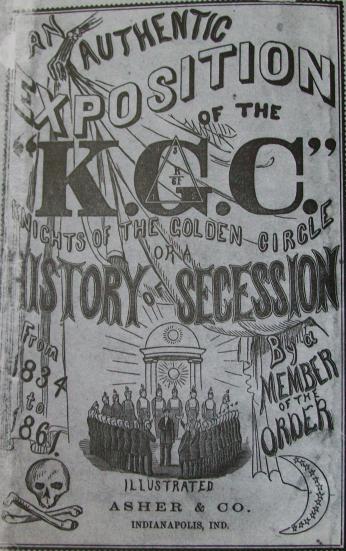
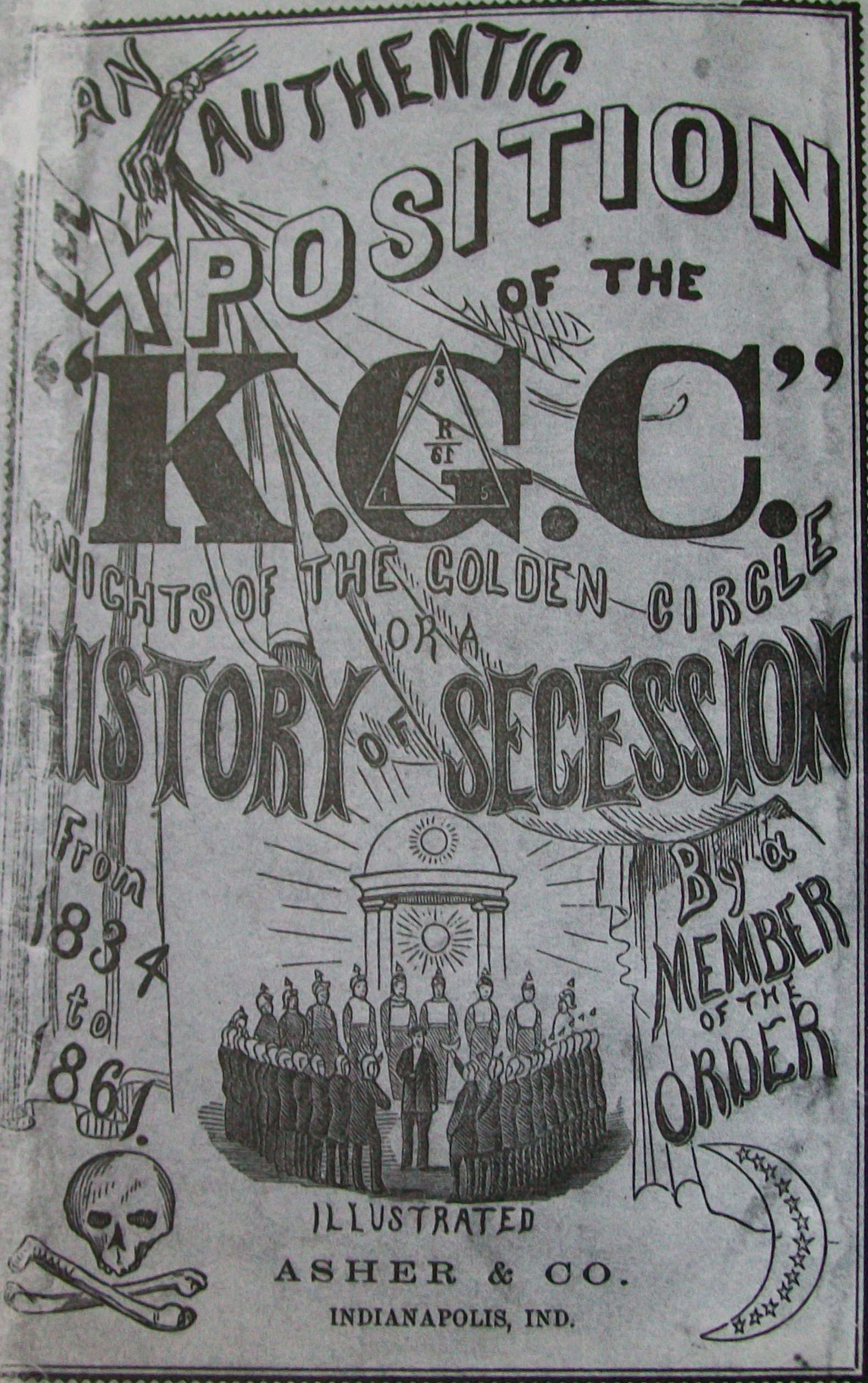
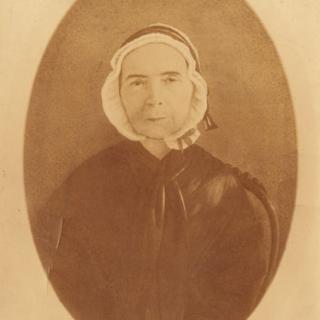
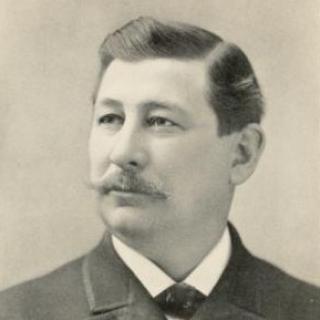
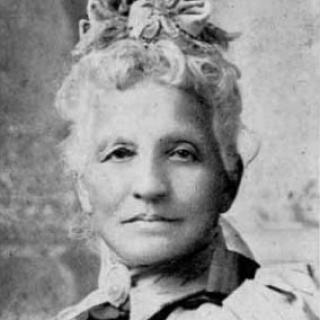
![Sketch of the mythical fuan by Pearson Scott Foresman. [Source: Wikipedia]](/sites/default/files/styles/crop_320x320/public/2023-10/Goatman_Wikipedia_Faun_2_%28PSF%29.png?h=64a074ff&itok=C9Qh-PE1)











